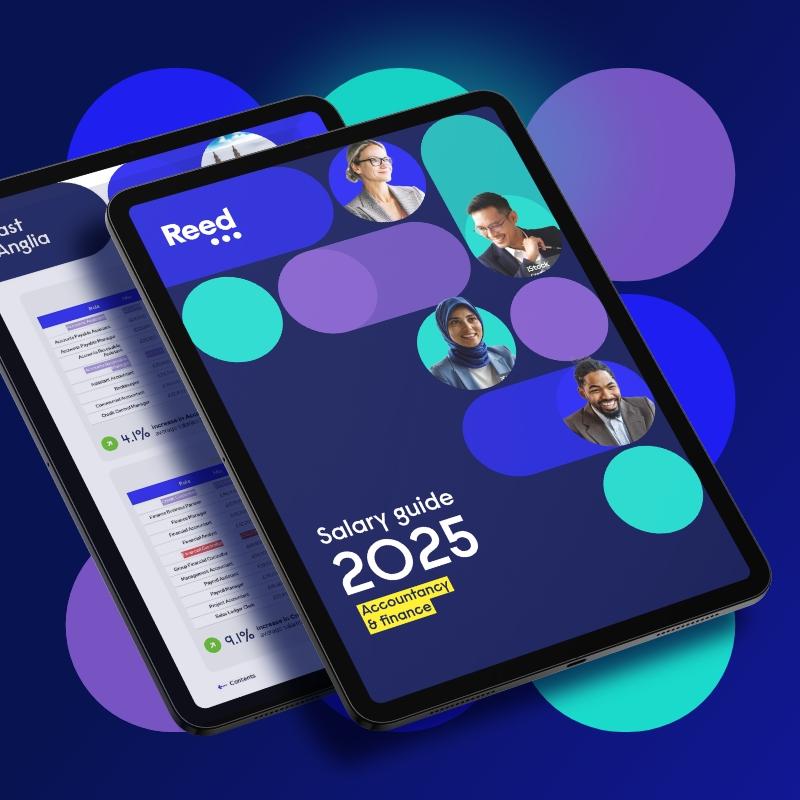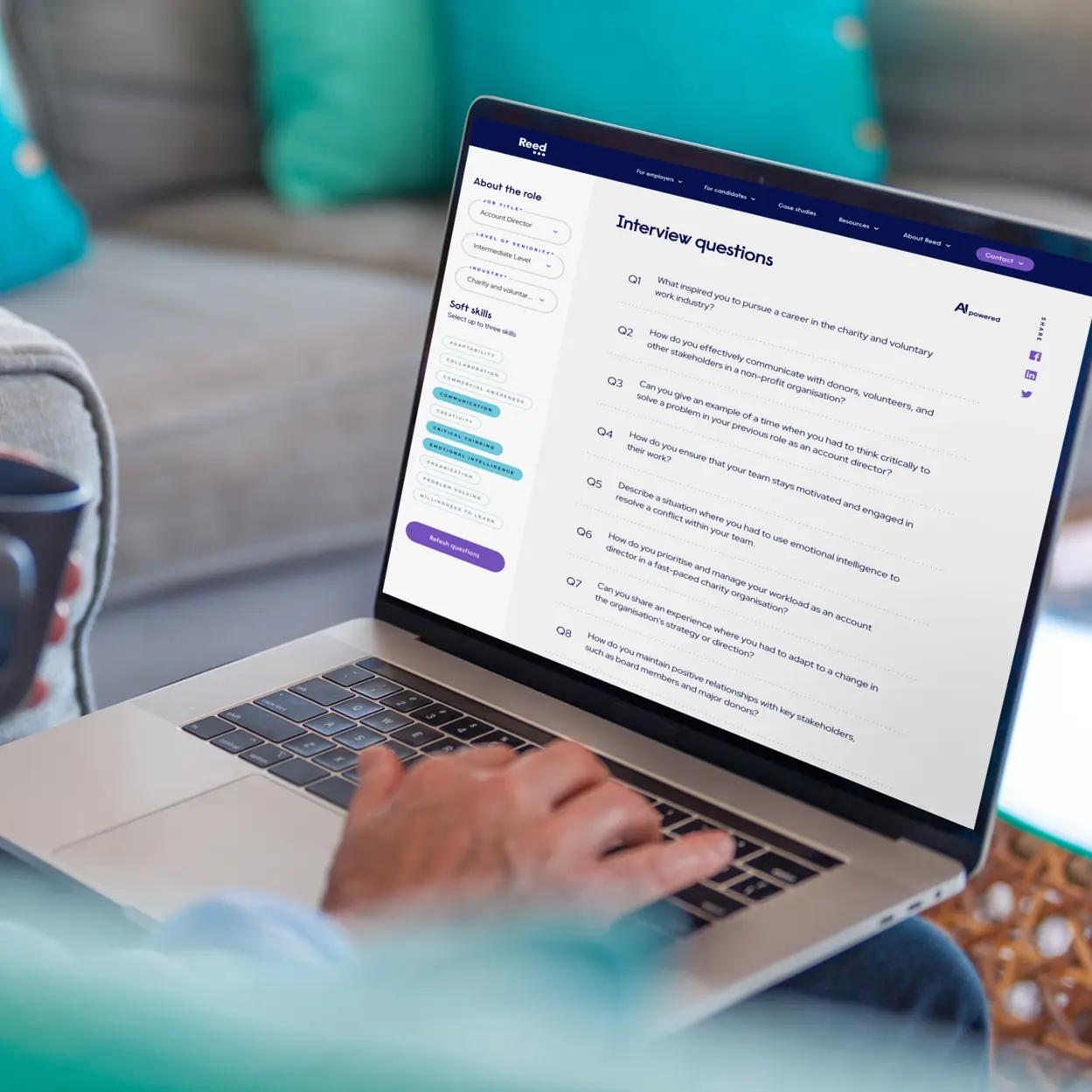This #ProcurementInsights report delves into how procurement professionals can utilise technology and a strategic approach to streamline their supply chain.
Almost all quality improvement comes via simplification of design, manufacturing, layout, processes and procedures.
Tom Peters, business management expert
For procurement professionals there is a constant balancing act between streamlining supply chain while enabling maximum productivity.
Technology such as automation and e-procurement can smooth the process – but brings its own challenges too. Take a look at some of our guidance on how to make your supply chain as efficient as possible.
1. E-procurement
7% of UK businesses with fewer than 50 employees are using enterprise resource planning (ERP) software.
37% of businesses with 50-249 employees use ERPs. For businesses with more than 1,000 employees, the figure rises to 69%.
26% of CPOs are looking to increase outsourcing levels of operational buying.
76% of B2B buyers find it helpful to speak to a salesperson when they are researching a new product or service.
46% of buyers say they would be willing to buy from a supplier’s website if the option were available and the service efficient.
Considerations for choosing your e-procurement solution
When considering e-procurement solutions, involve all departments in the decision. Its influence will be felt across the business. It’s important to ensure that e-procurement fits with your overall business strategy. For example, if personal collaboration between supplier and seller is a cornerstone of your company, don’t get sidetracked with e-procurement’s possibilities for contract compliance.
Weigh up the cost of implementing e-procurement against the projected savings from, for example, new sourcing opportunities or identifying past and future trends.
2. Blockchain
Blockchain is a peer-to-peer network where every process and agreement has a digital record that can be identified, stored and shared.
If procurement and supply chain is a form of logistical trust between parties, blockchain is technology of trust.
80% of procurement professionals say they would be most likely to use blockchain in order to track products moving through the supply chain.
28% say lack of understanding is the number one obstacle to adopting blockchain. (34% say it is the second biggest reason.)
What is Blockchain?
Blockchain has been called Web 3.0 for a reason – there are no centralised points of vulnerability for hackers, and it offers total transparency and shared accountability. For supply chain, the auditing potential is enormous. With blockchain, you can track deliveries, demand, material consumption, receipt of goods, contracts and accounts payable.
It provides ledgers that easily certify the backstories of products – useful information for consumers and also companies performing due diligence on working practices. But don’t dive in. The technology is still in its early stages and can be slow for real-time applications. Test drives are a necessity.
3. Automation
Within the next 18 months, only 3% of procurement departments will have no procurement process automation.
66% of respondents to the ProcureCon CPO survey say they have adopted procure-to-pay systems.
59% are using spend analytics software and 50% are using contract management software.
UK businesses estimate they spend 10% of their working day chasing invoices – that’s around 160 hours each year.
Why should you automate your procurement process?
AI is a supplement, not a replacement, and can help push manual tasks to machines instead of humans. For example, automation means invoices can be automatically generated and sent from the supplier’s system to the purchaser’s finance department.
Automation is an elevation of the procurement function, not a scaling down. That means candidates need greater understanding of how AI can be applied to the sector.
Spend analytics provides a far more complete picture to aid supplier selection. AI can run spend analysis reports before, during and after sourcing – plus demand breakdowns, component analyses, market analyses and supplier performance analyses. All this using real-time internal and external data. This broader picture reduces risk and builds connections.
4. Third-party logistics suppliers
The third-party logistics (3PL) market was worth $273.8 billion in 2016.
92% of shippers have reported their relationships with 3PLs as being successful.
Shippers who have used 3PLs reported a 9% average cost reduction (5% reduction in inventory cost and 15% reduction in fixed logistics cost).
Considerations when choosing a third-party logistics supplier (3PL)
Decide if your company has enough capital to engage a 3PL provider. Although there are significant cost savings to be made, there is also a cost involved in commissioning a 3PL business. You should analyse your current supply chain costs and carrier relationships. Assess how much room for savings there could be in the future without the need for a 3PL provider.
Ask a 3PL provider for a request for information (RFI) – a quote, essentially. This plan should outline the scope of the contract, the volumes involved and details of the tasks that would be undertaken. As well as performing the tasks, 3PLs also have the advantage of offering expertise and technology beyond what you may have on your own.
Consider their value not just in providing a service but also as a strategic partner. But be aware that engaging a 3PL also gives away some control over your supply chain. For smaller businesses in particular, you may consider personal contact with suppliers as being too crucial to relinquish.



